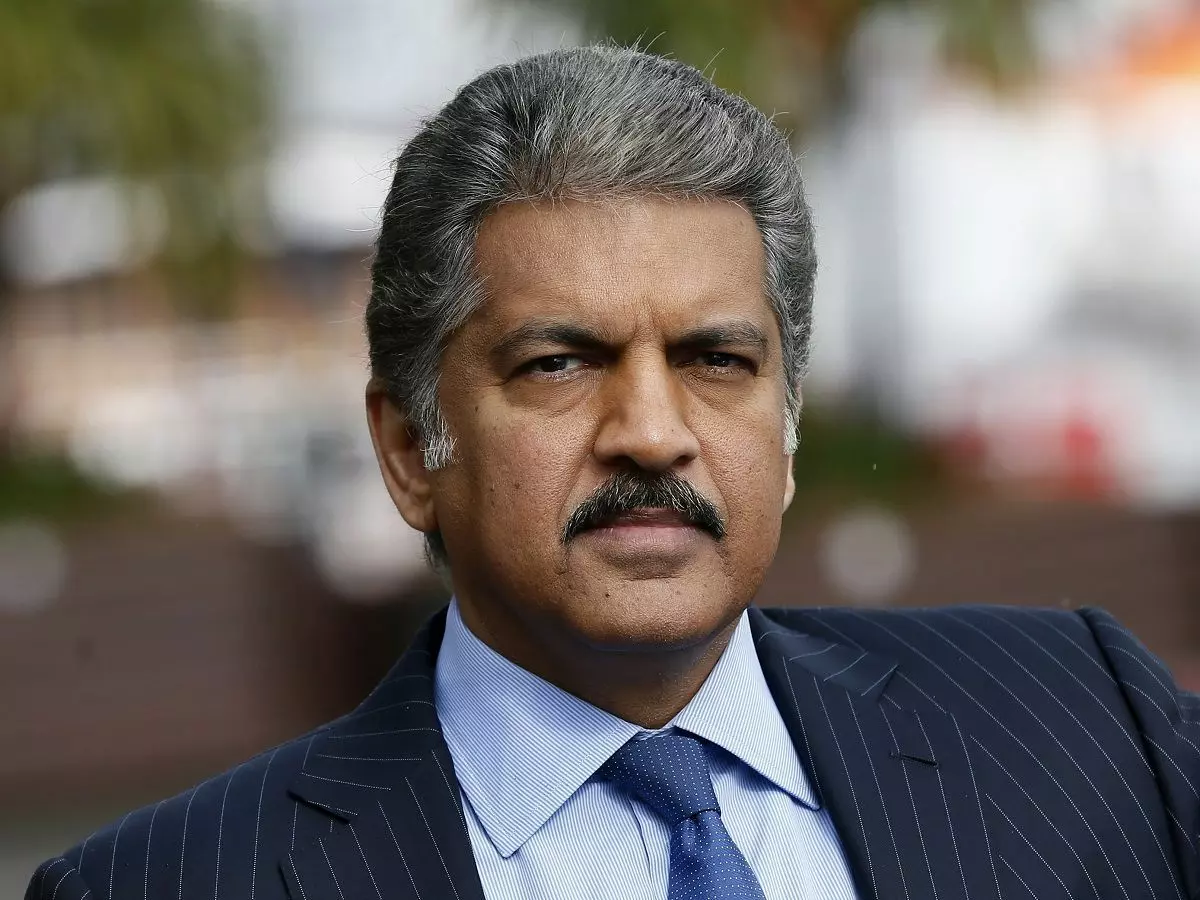Anand Mahindra Predicted This Slowdown 4 Years Ago, So Is It Really The Millennial's Fault?
Anand Mahindra had predicted that the rise of taxi-hailing apps is a big threat to the automobile industry in India. Finance Minister Nirmala Sitharaman recently blamed the use of Ola and Uber by themillennial for transportation for the downfall of automobile sales in the country.

Anand Mahindra is known for his witty tweets. Now, a comment by him is going viral on Twitter again but this time, it is not because of any of his tweets. Instead, its because of an interview that the Chairperson of Mahindra Group gave back in 2015.
One of the country¡¯s top businessmen, Mahindra had predicted that the rise of taxi-hailing apps is a big threat to the automobile industry in India. The interview now gained steam online again as the Finance Minister Nirmala Sitharaman recently blamed the use of Ola and Uber by the millennial for transportation for the downfall of automobile sales in the country.
Amidst the blame game for the ongoing automobile sales slowdown, the relevant interview by ET resurfaced on Twitter, where Anand Mahindra was quoted as saying, "The age of access being offered by taxi-hailing apps like Uber and Ola is the biggest potential threat to auto industry. Since these apps operators have made transpiration a commodity, (auto) sales could be hit and volumes get impacted."
even Anand Mahindra had observed this in 2015 pic.twitter.com/ZjElF2l8Ab
¡ª SOUMYA ????? ???????? (@soumyamhapatra) September 12, 2019
He had further said, "...a lot of youngsters who can own vehicles today don't want to own one, but only need access to transportation."
Following this, many came to the support of the Finance Minister¡¯s comment, backing the reason as a valid one. As many hashtags trolling the Finance Minister for her comment started floating online, the interview excerpt comes as a valid support from an industry expert for the claim.
The flip side
The two views are not exactly similar though. While Anand Mahindra had predicted that the rise in the use of ride-sharing services can lead to a negative impact on the auto sales in the country, Sitharaman¡¯s claim comes off more as a bold blame for the ongoing crisis in the industry.
Which is not exactly true.

Anand Mahindra (Representative Image: Reuters)
The reason for the slowdown in India¡¯s auto industry can primarily be blamed on the high tax structure leading to increased prices of vehicles for buyers, liquidity crunch as well as the increase in insurance rates. Even the confusion around the BS-VI compliance coming into effect starting April next year is a factor for this.
MSI Executive Director (Marketing and Sales) Shashank Srivastava recently reiterated this, as he cited the examples of other countries having a widespread ride sharing system and still having their automobile sales growth strong. He further clarified how buying a vehicle in India has an ¡®aspirational tangent¡¯ to it and that the use of ride-sharing cannot kill that.
So essentially, while the shift in millennial's mindset to use such services might become an Achilles heel for the Indian auto industry in the future, there are much more important factors in play for the present crisis which need to be addressed for the situation to improve. Blaming it on the millennial would not help in any way possible and as put by Srivastava, such conclusions should only be made after a thorough study on the topic.
